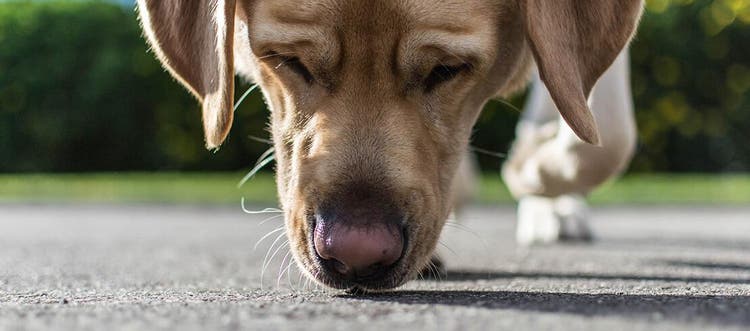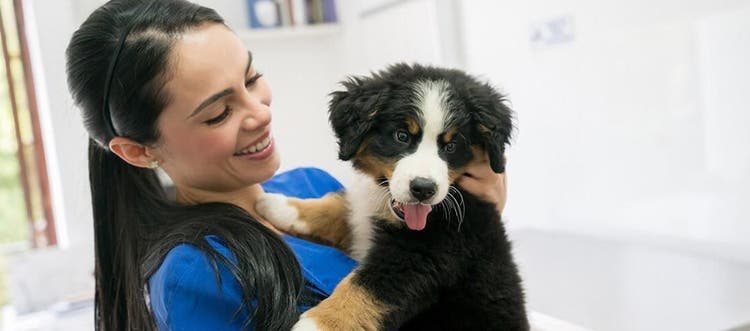Reviewed by Dr Abbie Lam DVM
Discover the origin story of the Border Terrier breed, what they like to do for fun, and if they’re the right dog for you.
What Border Terriers lack in stature they make up for in boldness. From their history, to their temperament, to their care and health, find out what makes the Border Terrier a uniquely endearing breed.
A history of hunting
Border Terriers were bred to track fox, otter and small vermin on the Anglo-Scottish border, relentlessly following their prey underground and back up. It’s this instinct and tenacity that makes them the perfect hunting or tracking companion.
Border Terrier coats, colours and sizes
Border Terriers are rough-coated. They have wiry, water-resistant outer coats with dense, short undercoats that require basic grooming.
Border Terrier colours vary – they may be wheaten, blue and tan, grizzle and tan, or red – with dark ears and muzzles. Built for endurance and agility, Border Terriers weigh in at 5 to 7 kg for males and 5 to 6 kg for females and usually reach approximately 25.5-29cm in height.
While these pups may be natural hunters, they’re less dog-aggressive than other terriers. However, they are also keen barkers and make great watchdogs. When they’re not “working” (accompanying you on tracking adventures), these dogs are independent, obedient, affectionate and easily trained. Intelligent and eager to please, the only challenge with training can be their “selective hearing” – they sometimes decide whether or not they want to listen to your command.
If it’s not obvious by now, this breed is active and requires plenty of daily exercise. They love to fetch and often excel at dog agility courses. But if you’re looking for an exclusively outdoor dog, this breed is likely not for you. Left to their own devices, they bore easily and can quickly dig under or climb over fences. If cooped up inside for too long, Border Terriers may begin to chew and bark.
Health and care of Border Terriers
The average Border Terrier lives for 12 to 15 years. They typically settle in quite nicely with family life, as they are most content when they feel like part of the pack. Because of their youthful energy, they do well with children over the age of 6 who can run and play with them. Independent, they still like to be around you as much as they can. They love food, but are prone to obesity, so it’s important to maintain a consistent diet and exercise routine.
All in all, Border Terriers have fewer health problems when compared to other breeds. Occasionally, they may suffer from genetic problems like hip dysplasia, seizures and allergies. Canine epileptoid cramping syndrome is a hereditary condition that can occur in Border Terriers.
Border Terriers are prone to weight gain, so be sure to feed and exercise your dog properly. They were bred to hunt small rodents, so keep them safe on a leash to prevent them from running into traffic if they get on the chase.
While this breed may not be for everyone, active owners will appreciate the energy and excitement a Border Terriers will bring to their lives. Perfect for hunting, tracking and outdoor adventures, these dogs are full of determination, intelligence and unconditional love – which might be exactly what you’re looking for.
References:
Lowrie M, Garosi L. Canine epileptoid cramping syndrome in border terriers. The Veterinary Record. 2015 Nov 14;177(19):498.






